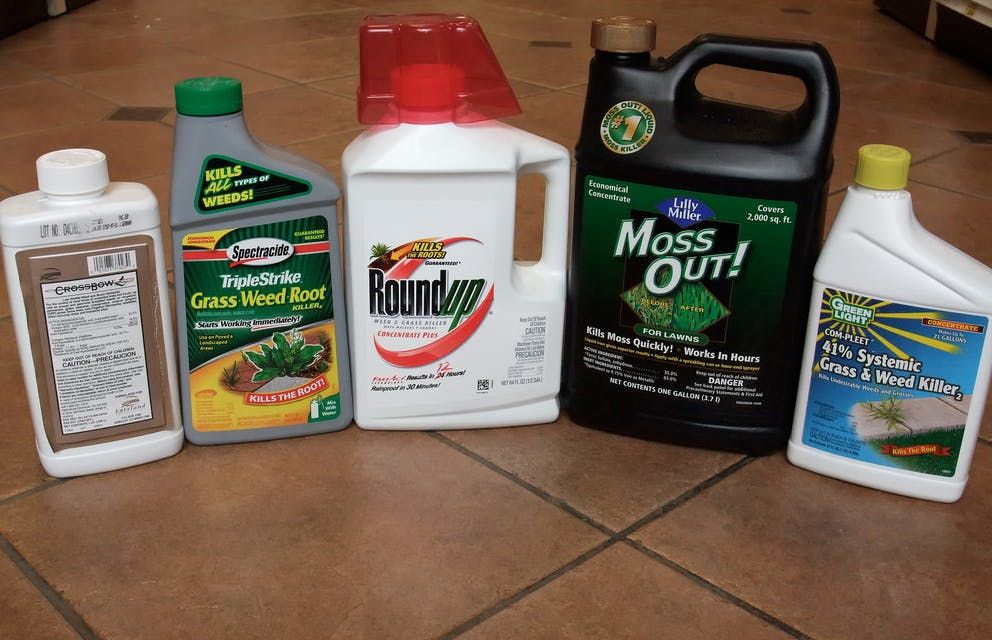If you’ve been following cannabis news, you likely know about Colorado’s
recent cannabis recalls. Within the last month, Colorado’s cannabis
regulators have issued 13 marijuana recalls due to the use of unapproved
pesticides in marijuana grow operations. These recalls indicate a scary
problem in the cannabis industry, and it’s one that all consumers should
be aware of
Pesticides and Cannabis
One of the most high-profile recalls in recent history is the
recall
that hit La Conte’s Clone Bar in Colorado, which sells marijuana grown
by Colorado’s Best Inc. During a recent recall, health officials
detected the presence of
imidacloprid in 23
batches of the marijuana sold at La Conte’s Clone Bar in Colorado.
Imidacloprid is a popular, nicotine-like insecticide that is often used
on agricultural crops but has not been approved for use in cannabis
cultivation.
While this specific recall relates to a single dispensary, it’s
indicative of a much larger problem. Washington state recently fined
two marijuana
growers
for pesticide use and Colorado has seen dozens of
recalls
before this one. At the end of the day, the problem boils down to how,
and what kind of pesticides are used in cannabis production.
As is true with any agricultural crop, growing marijuana is difficult.
Cannabis plants are prone to predation by insects and damage by disease
and fungus. While these issues are easily managed in small grow
operations, larger operations need to find a way to protect their plants
and meet production demands. Because of this, they often turn to
pesticides.
Unfortunately, gaps between federal and state laws have made it
virtually impossible for cannabis farmers to find pesticides that are
approved for use on their plants. In turn, this means that the
pesticides they’re applying to keep their plants safe are illegal and,
often, unregulated. Despite the fact that medical marijuana is now
legal in 23
states
and the District of Columbia, and recreational marijuana is legal in
four, cannabis is still classified as a Schedule
I substance, which places it in
the same group as drugs like Heroin, LSD and Quaaludes.
While the Environmental Protection Agency (EPA) is responsible for
testing insecticides and pesticides and developing safety guidelines for
their use on crops across the country, federal law explicitly bans the
approval of pesticides for Schedule I substances, meaning that there are
currently no legal pesticide options for marijuana farmers.
This agricultural loophole has created an enormous problem, wherein
otherwise responsible marijuana farmers are left to take matters into
their hands to protect their crops and consumers are left to purchase
marijuana that may be tainted with dangerous pesticides.
The Difference Between Food and Marijuana Testing
Insecticides and pesticides are both used commonly in commercial food
production. To keep food safe for consumption, however, the EPA sets
strict "tolerances," which
define how much pesticide residue can remain in the meat of or on the
skin of food. This ensures that pesticide residues stay at harmless
levels and keeps the food supply safe for human consumption.
Unfortunately, commercially-produced cannabis doesn’t go through the
same testing procedures.
Because the government has yet to step in and implement rigid testing
practices for commercial cannabis, states are essentially on their own
when it comes to pesticide use in marijuana crops. Some states, like New
Hampshire, have passed regulations that require only the least harmful
pesticides
(Such as oils derived from Peppermint and
Neem – a naturally
occurring pesticide derived from the Neem tree) to be used on cannabis
plants. Other states, however, have yet to pass pesticide regulation and
are still lacking defined tolerances from the EPA, which creates a
dangerous gap in standardized testing practices.
As it stands now, states don’t receive any federal guidance when
determining how they will test commercial
marijuana.
Right now, twelve states require random testing to look for pesticide
residues while states like New Mexico and Vermont only require cannabis
to be tested after a complaint about pesticide contamination has been
lodged. Delaware requires that dispensaries develop their own protocol
for testing cannabis but doesn’t specify that cannabis samples must be
tested for pesticide residue. Colorado, on the other hand, doesn’t
require any standardized testing and merely requires un-tested cannabis
to label itself as such. In California, a law passed on the first of the
year that requires that commercial marijuana be
tested
for pesticides, mold, and other contaminants. In all states, growers and
dispensaries are required to pay for any testing conducted, which is
cost-prohibitive for many. Because of these varied and often spotty
approaches, consumers are best served by learning to protect themselves
from pesticide-tainted cannabis.
Protecting Yourself From Pesticides in Cannabis
Until standardized and monitored testing practices are implemented
across the country, consumers can protect themselves from purchasing
cannabis tainted with pesticides by following these tips:
- Always purchase from reputable sellers. Quality cannabis
operations care about the safety of their product and will either
use non-toxic pesticides (like Peppermint oil) or will invest in
testing to ensure that their products are safe for
human consumption. Purchasing from these sellers is the best way to
ensure that you’re purchasing pure products. - Ask about testing practices. If you’re in doubt about whether a
marijuana product has been tested for pesticide residues, don’t be
afraid to ask. The seller should be able to provide you with
information about the testing that was done and who conducted it. - Know your state’s laws. Right now, states are taking many
approaches to marijuana testing. By knowing what testing
requirements looks like in your state, you can make educated
decisions about where and how to purchase marijuana.
As it stands now, cannabis testing and pesticide use are both largely
unregulated. This places consumers at risk of buying tainted and
possibly dangerous products. Until standardized testing and pesticide
guidelines are implemented, the best way to mitigate those risks is to
educate yourself about pesticide use and marijuana testing regulations.





